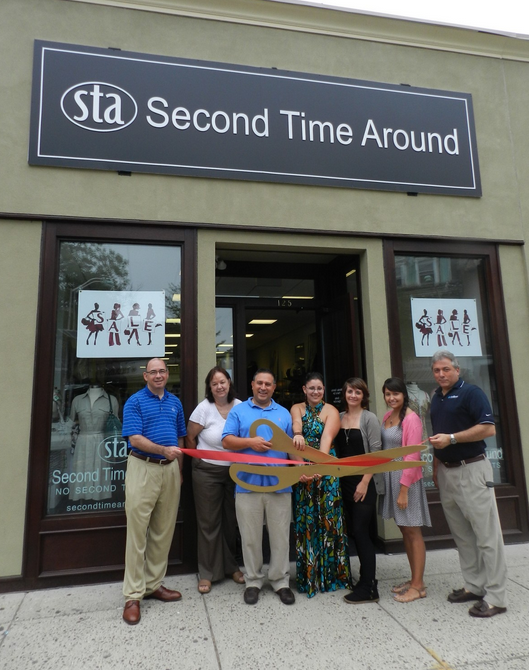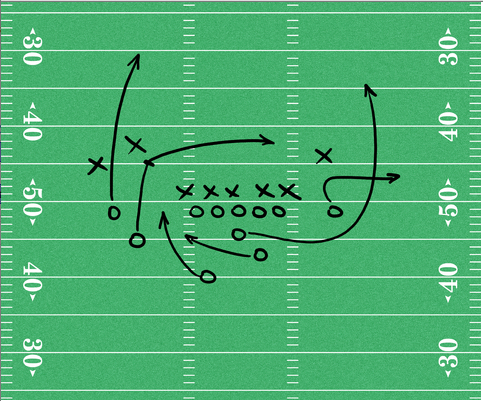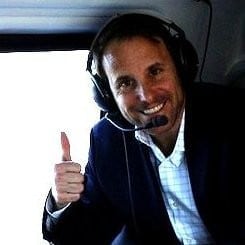Second time founders actually know what they are doing
But first time founders don't actually know how hard it is
Not clear which is better
— Jason ✨Be Kind✨ Lemkin 🇮🇱 (@jasonlk) April 5, 2024
We’re in the fouirth generation of SaaS companies by my reckoning.
The first generation was Salesforce, Netsuite, Webex, morphed-into-SaaS companies like Concur, etc. The next generation came of age and often leveraged Salesforce or other web platforms or paradigms to scale. The third generation was every business process is being webified. SaaS and APIs exploded as every business process was remade as an app, from Twilio to Stripe to enhanced versions of the past like Gusto and Rippling. The fourth generation is here now. The AI generation.
Along with that is the rise of the Second Timers. I don’t mean folks who did some little SaaS start-up that didn’t make it or was acqui-hired. I mean, enough time has gone by, that folks with a success under their belt in SaaS (defined as their last SaaS company having gotten to eight-figures or more in ARR) are doing the next one.

Folks like Josh James (Omniture -> Domo) stand out as one example, there’s a solid group now. Guys like Mark Organ, CEO of Influitive, previously founder of Eloqua (acquired by Oracle for $1 billion). Nick Mehta, CEO of Gainsight, previously CEO of LiveOffice, acquired by Symantec for nine figures. Rick Nucci, founder of Boomi (acquired by Dell). Now CEO of super-cool SaaS productivity start-up Guru. Etc. etc.
CEOs / founders doing it the second time in SaaS after a success the first time building a real SaaS business.
And what they all know is that, once you have product-market fit, once you hit Initial Traction — it’s all a playbook. For a given ACV, basically you scale everything the same way.
And they also know The Future. They know not just the playbook for this year, but how the playbook plays out 2-3-5 years down the road. It’s recurring revenue, after all. With huge second-order effects, as we’ve discussed. And deal sizes to increase and grow over time.
So I thought I’d assemble a list of what the Second Timers are doing this time. You may not be able to do all of these yourself, as the Second Times also generally have access to tons of capital on Day 0. You probably don’t. That’s OK. Next one.
But we can learn from them. So here’s what, as a group, they’re doing (and how it ties to SaaStr themes):
- Committing time, people and capital for 2+ years from the get-go. There are a number of reasons the Second Timers are raising large amounts of capital early. One is just because they can today. But there’s a more subtle reason: Time. We know in SaaS that if we have a great team, especially a proven one, pointed in the general right direction — we can get customers. Given enough time. But the 0.1 or 1.0 version may not hit it. There’s no WhatsApp social explosion in SaaS. It’s a slow burn to start. So if you only give yourself a year — your odds of success go way, way, way down. 2 years at a minimum to get to Initial Traction. Team and capital lined up, one way or another, that are committed for 2+ years on Day 0. One year just isn’t enough to prove you can get to Initial Traction in SaaS nine+ times out of ten.
- Leaning in heavily on customer success. We talked before about hiring one customer success manager for every $1-$2m in
 ARR. That’s the right metric — from a pure business model perspective. But the Second Timers all know about Second Order Revenue, and how critical the success of your early customers are. They get you the case studies, the reference accounts, the thought leadership. So the Second Timers often hire 3+ customer success managers almost on Day 1. As soon as they have any customers. And just smother them with love. Bring them brownies. Solve every problem. Onboard every user personally. Just everything.
ARR. That’s the right metric — from a pure business model perspective. But the Second Timers all know about Second Order Revenue, and how critical the success of your early customers are. They get you the case studies, the reference accounts, the thought leadership. So the Second Timers often hire 3+ customer success managers almost on Day 1. As soon as they have any customers. And just smother them with love. Bring them brownies. Solve every problem. Onboard every user personally. Just everything.
- More upmarket. Or at least, higher ACVs. The other thing most Second Timers are doing is looking to provide more value and higher ACVs. As appealing as freemium and small business models can seem from the sidelines — it’s just mathematically harder. You can get to $10m ARR pretty quickly in chunks of $100k ACV deals. You only need 100 customers then to hit Initial Scale. But at $5 a month? Man … it’s tough. The Second Timers want to go from Initial Traction ($1-$1.5m ARR) to Initial Scale ($10m+) faster. So they aim for more value, more of a solution (usually), and thus, higher ACVs. More on the math here.
- Forgetting about optionality. As first-time founders, optionality can seem very important. I don’t want to raise too much, or I can’t sell for $X. I don’t want to commit to too senior a hire until I’m clear it’s going to work. Cash-flow positive as an end-goal even if it sacrifices growth. There’s something to be said about optionality. I get it. I did it, sort of. But I wouldn’t worry about optionality again. Neither do any of the Second Timers. Not just because you’ve already put a few bucks in the bank. But because it can hold you back in SaaS. It weighs you down. You end up underinvesting, not just in monetary capital, but human capital, systems, and hiring ahead as well. More on why all the great hires are accretive here.
- Hiring more seasoned VPs and managers. First time SaaS CEOs often like to hire up-and-comers. The scrappy kid who really wants that VP title. The one that really only managed a few folks before (if any), but has gumption. Drive. And great domain expertise in his last job. The thing is, the Second Timers know it’s all a playbook. And experience really helps you run it faster and better. It’s not that Second Timers hire Mr. Dashboards in the early days. They don’t. But they hire hands-on but battle-tested executives who will roll up their sleeves. They’re not afraid to pay more, hire higher, and hire more seasoned executives. Because they know if they get a great one, it pays off. This may not work for you. But it works for the Second Timers. So just think about it before you hire a VP Sales who’s never really hired a great team before. Because it’s 50x better when they have done so successfully before.
I know if you’re a First Time SaaS CEO you can’t do all of this. But I just bring it up to challenge your thinking. To try to go even bigger. Harder. Is your biggest customer paying you $50k ACV? Ask for $100k next time. Trust me. You can probably get it. Worried you can’t compete with some brand name SaaS company for a great hire? If you have great metrics, you probably can. Open the kimono. Share. See where that takes you.
At the end of the day, us Second Timers know it’s all about three things beyond the product: Time — allowing yourself enough time to get to Initial Traction. Getting from Initial Traction to Initial Scale as fast as possible. And then, putting the right team in place to leverage the momentum as you hit Initial Scale.
That’s the high-level playbook. And the great, experienced vets know most of the plays.
Run as many proven plays as you can in your SaaS company — the ones that are already proven. Leave innovation for the product side.
image from here

 ARR
ARR